Dennis W Hong
Transition Motion Planning for Multi-Limbed Vertical Climbing Robots Using Complementarity Constraints
Jun 14, 2021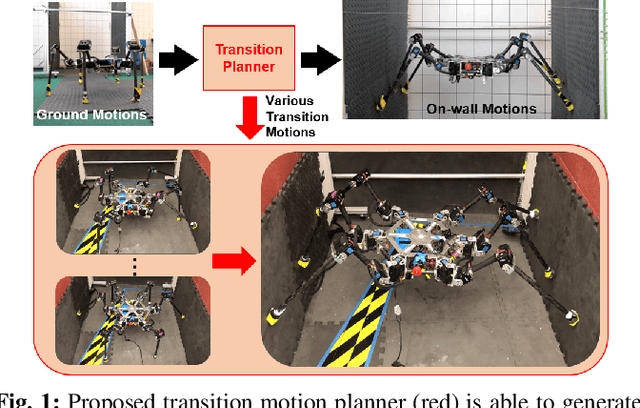

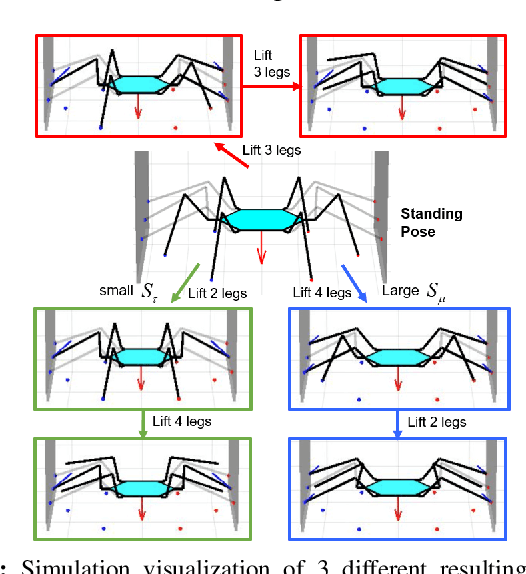

Abstract:In order to achieve autonomous vertical wall climbing, the transition phase from the ground to the wall requires extra consideration inevitably. This paper focuses on the contact sequence planner to transition between flat terrain and vertical surfaces for multi-limbed climbing robots. To overcome the transition phase, it requires planning both multi-contact and contact wrenches simultaneously which makes it difficult. Instead of using a predetermined contact sequence, we consider various motions on different environment setups via modeling contact constraints and limb switchability as complementarity conditions. Two safety factors for toe sliding and motor over-torque are the main tuning parameters for different contact sequences. By solving as a nonlinear program (NLP), we can generate several feasible sequences of foot placements and contact forces to avoid failure cases. We verified feasibility with demonstrations on the hardware SiLVIA, a six-legged robot capable of vertically climbing between two walls by bracing itself in-between using only friction.
Optimization Based Motion Planning for Multi-Limbed Vertical Climbing Robots
Sep 13, 2019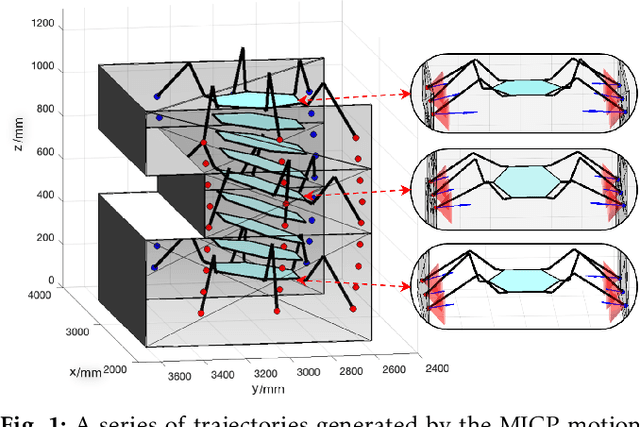
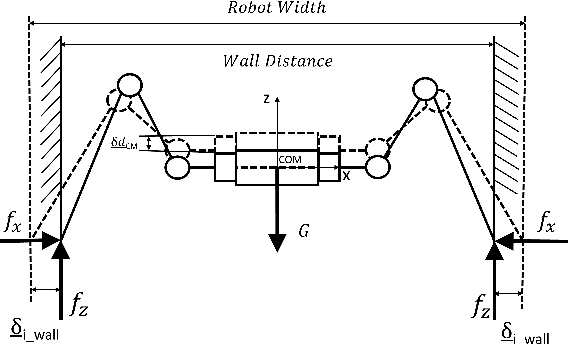
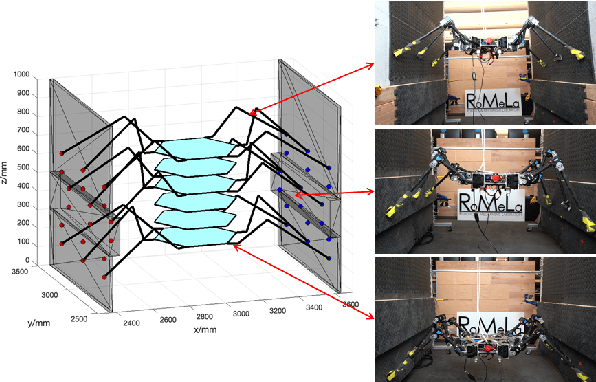
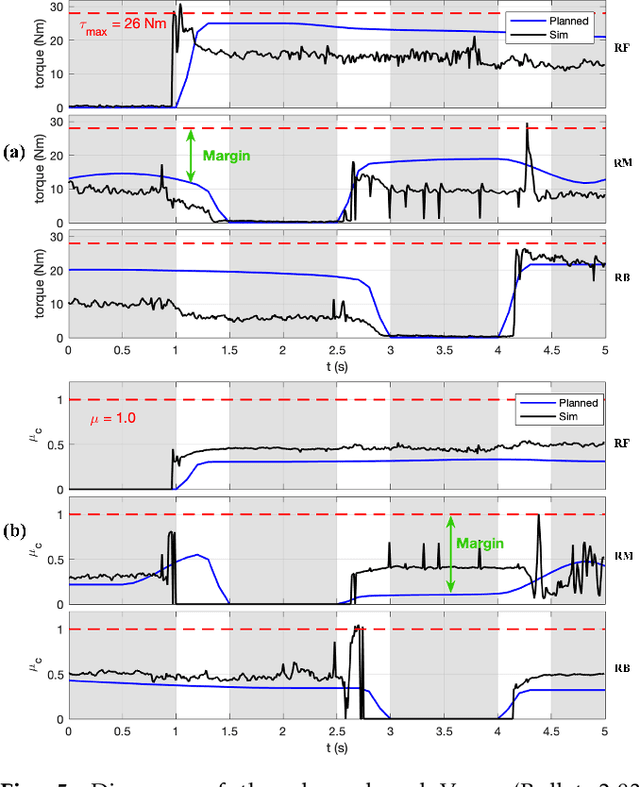
Abstract:Motion planning trajectories for a multi-limbed robot to climb up walls requires a unique combination of constraints on torque, contact force, and posture. This paper focuses on motion planning for one particular setup wherein a six-legged robot braces itself between two vertical walls and climbs vertically with end effectors that only use friction. Instead of motion planning with a single nonlinear programming (NLP) solver, we decoupled the problem into two parts with distinct physical meaning: torso postures and contact forces. The first part can be formulated as either a mixed-integer convex programming (MICP) or NLP problem, while the second part is formulated as a series of standard convex optimization problems. Variants of the two wall climbing problem e.g., obstacle avoidance, uneven surfaces, and angled walls, help verify the proposed method in simulation and experimentation.
 Add to Chrome
Add to Chrome Add to Firefox
Add to Firefox Add to Edge
Add to Edge